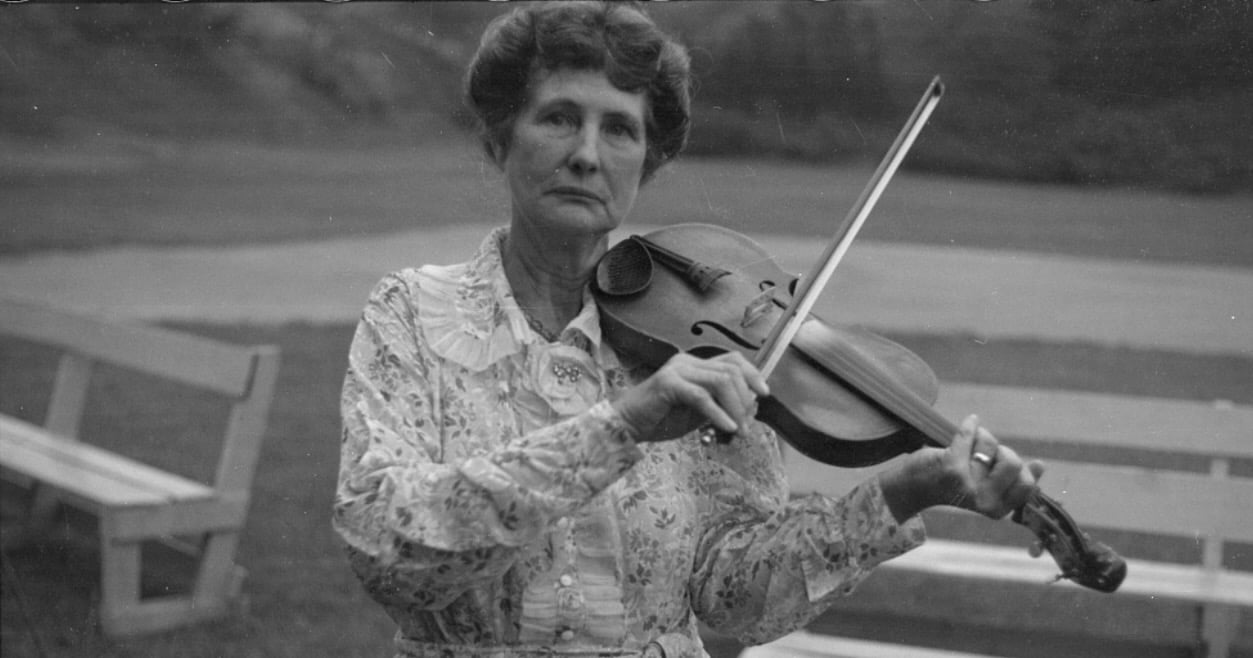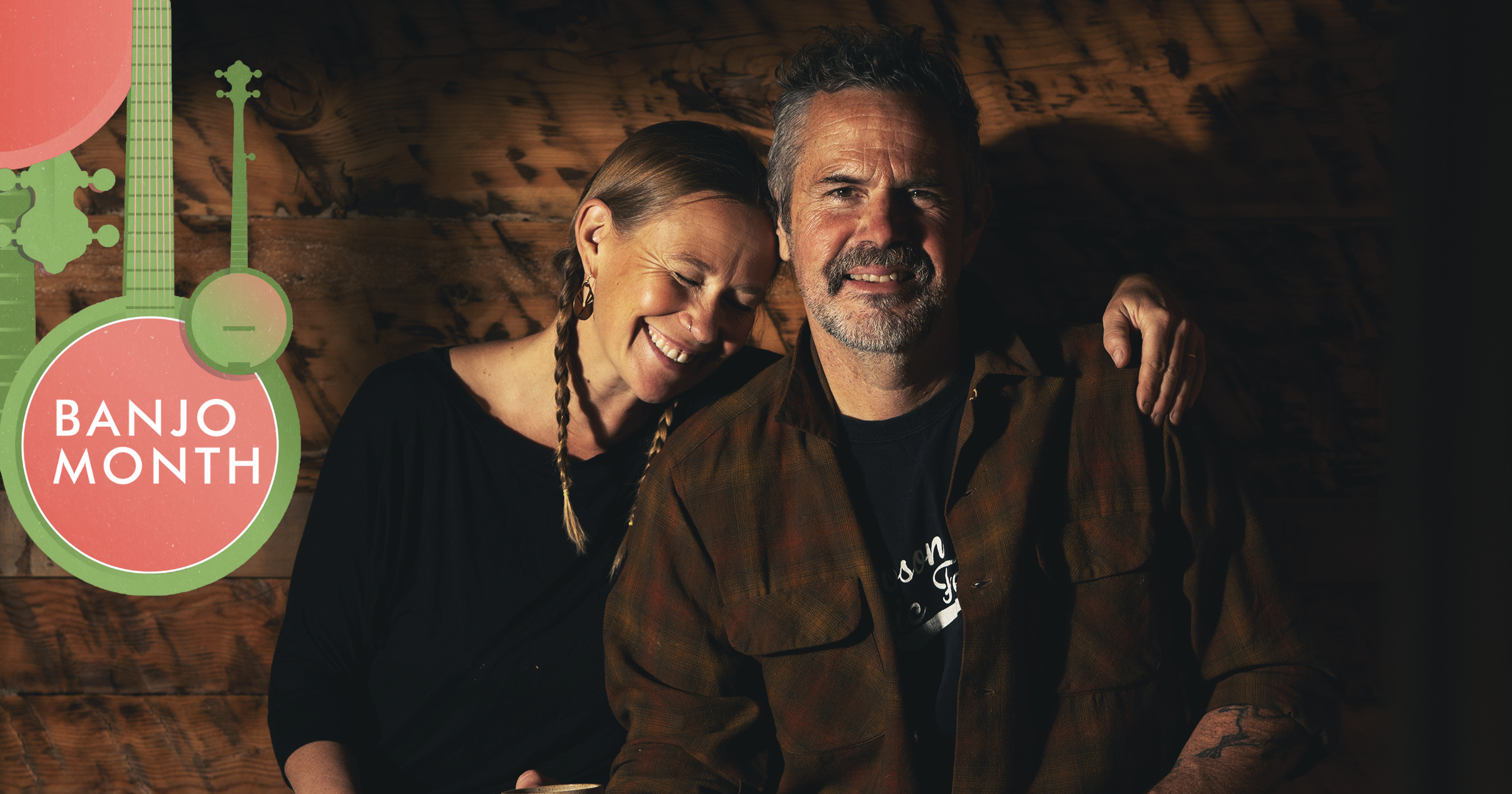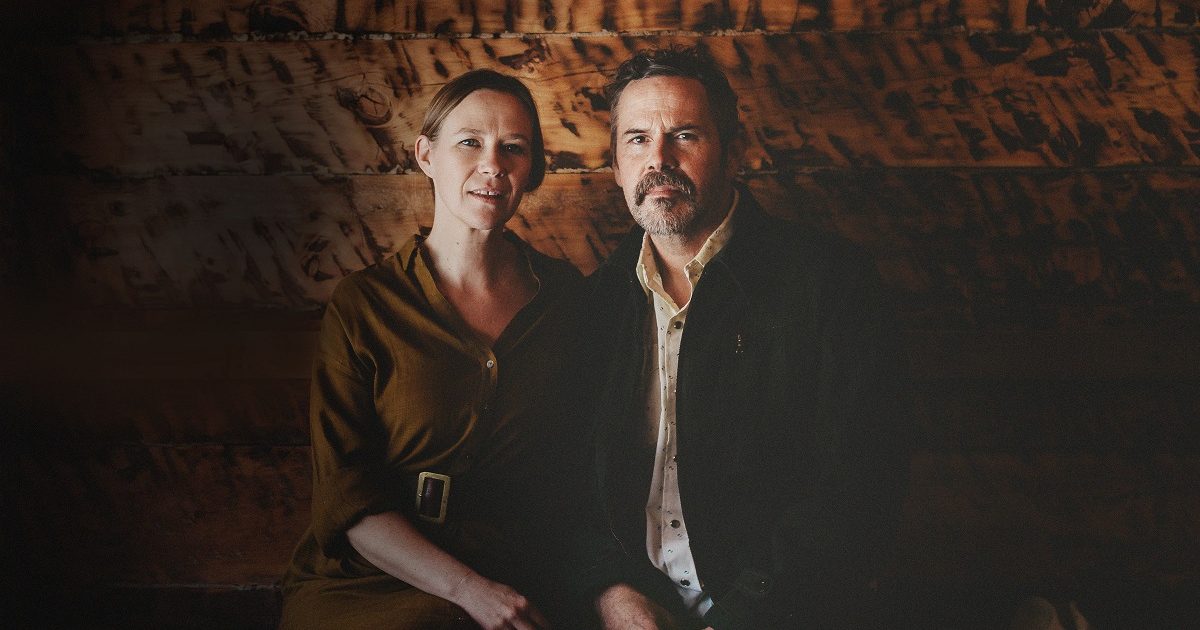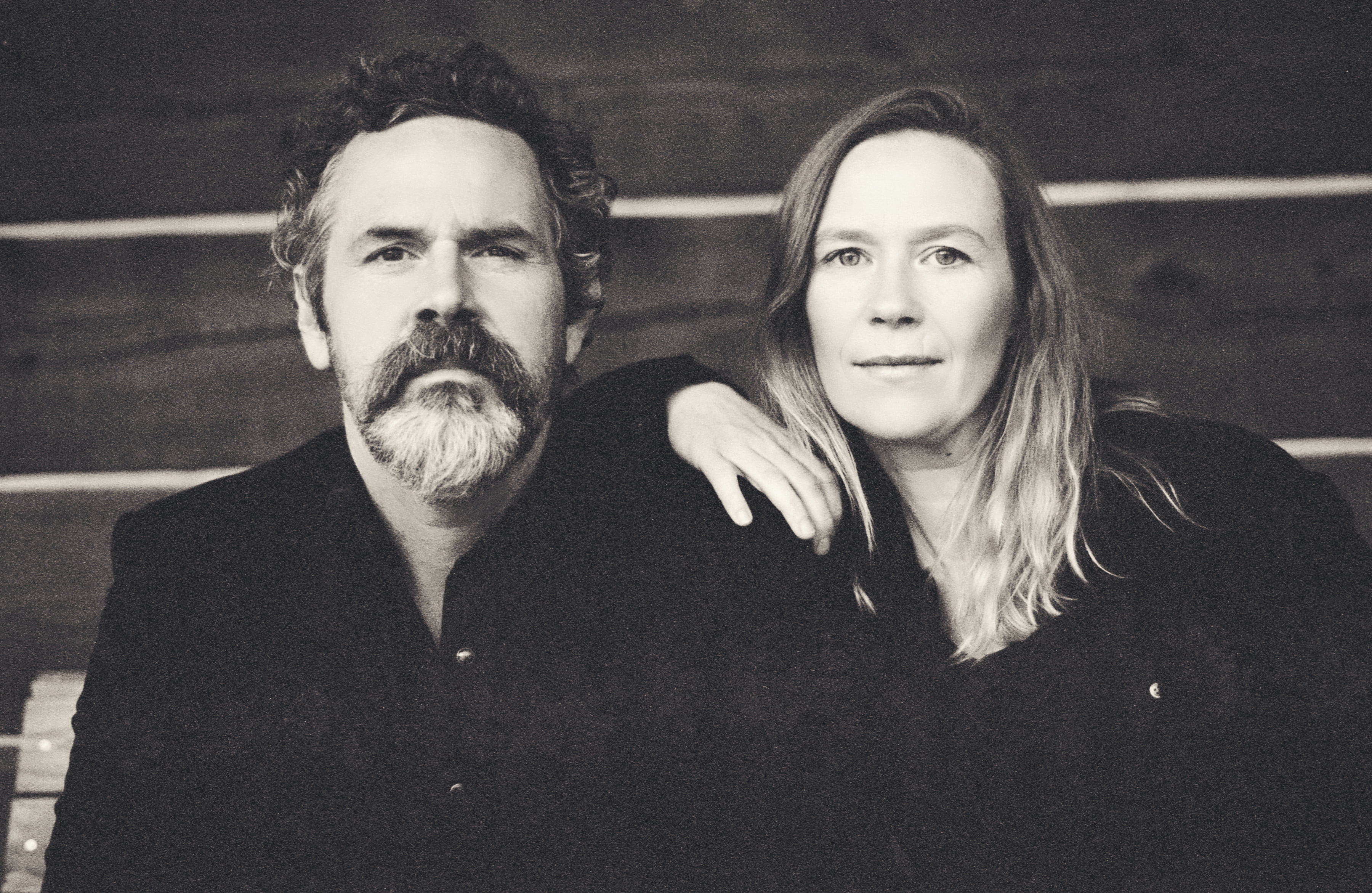Every January and February contain the same complicated emotional cocktail – a hangover from the holidays, a buzz of hope for the future, grief for the year gone by, relief to have moved on, joy in the lack of plans, and perhaps even dread for any winter still to come. Whichever way you slice it, it is a time of mixed emotions, usually of the slightly melancholy variety, but not wholly sad. I call this the “happy-sads.” This gentle gloom has always been beautiful to me in art, music, TV, film, etc. – and especially in an old-time tune!
Old-time music covers a vast range. There are tunes for every occasion and feeling – and the bittersweet is abundant. It’s also possible to get something different from a tune, depending on when and how you come across it. The tunes I find myself most drawn to this time of year are those that lope along, tinged equally with a sweet sadness and hope. Here are six old-time recordings that won’t cure your January/February “happy-sads” but rather, indulge them.
“Lost Indian,” Tricia Spencer & Howard Rains
Based in Lawrence, Kansas, Tricia Spencer and Howard Rains have deep musical roots in Kansas and Texas, respectively. With two wailing fiddles right up top, this is the perfect recording to start off this list. When the band kicks in you want to dance, but also cry?
“Backstep Indi,” Pharis & Jason Romero
A fretless gourd banjo is a sure-fire way to indulge all of your complicated winter feels. Pharis & Jason Romero are no strangers to the cold and gray up in their Canadian home. A modern old-time tune, “Backstep-Indi” winds in and out and back again making it the perfect recording for a reflective chilly day.
“Fire on the Mountain,” Matt Brown
Matt Brown’s recording of “Fire on the Mountain,” a tune from Kentucky fiddler Isham Monday, never fails to inspire peace, personally. It’s just ultimately serene and mournful like a proper January morning (or afternoon or evening). The G cross tuning, fingerstyle banjo, the simple delivery are all just right.
“Railroad Bill,” Etta Baker
The way Etta Baker’s fingerstyle guitar just chugs right along with a slow, but definite evolution during “Railroad Bill” has a familiarity and comfort to it. Her sound is still, steady, and warm, and that minor six chord really hits on a glum winter day.
“Weevils in the Grits,” Sami Braman
Sami Braman’s original tune, “Weevils in the Grits,” marches right along with Brittany Haas guest fiddling alongside her and her band. Open tunings on a fiddle can lean in the more “raging” direction or the drones that they create can open up the sound to something ethereal and archaic. Sometimes you get a combination of both, like we have here! BGS premiered “Weevils in the Grits” last year, too.
“Laughing Boy,” Earl White Stringband
There are several tunes off of the Earl White Stringband album that could have ended up on this list, notably the old-time jam hit “Chips and Sauce,” but this particular one stuck because of that fleeting moment where the melody winks at the minor chord while the band plays the major four and your heart explodes.
Photo Credit: United States Resettlement Administration, Ben Shahn, photographer. (1937) Aunt Samantha Baumgarner i.e. Bumgarner. United States, Asheville, North Carolina. Photograph retrieved from the Library of Congress.



